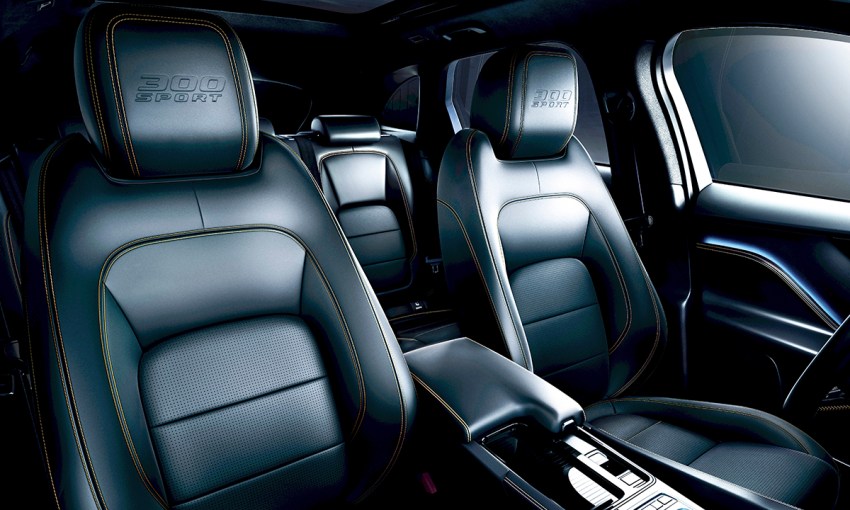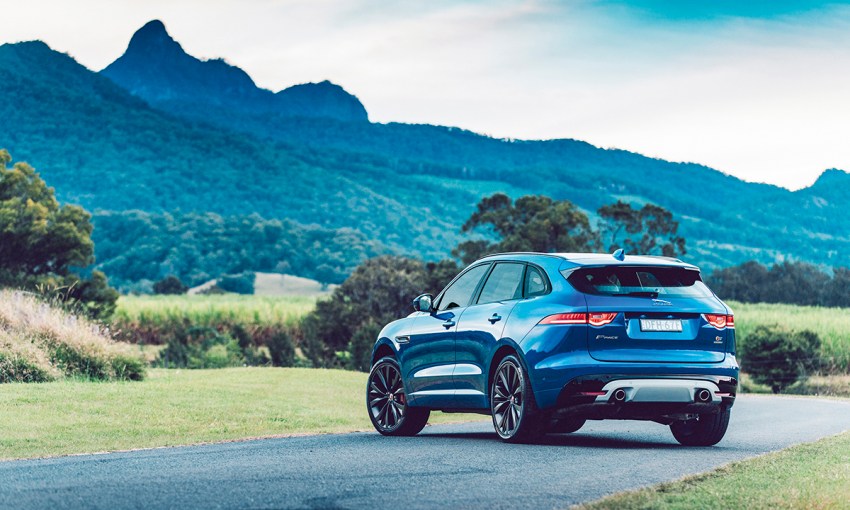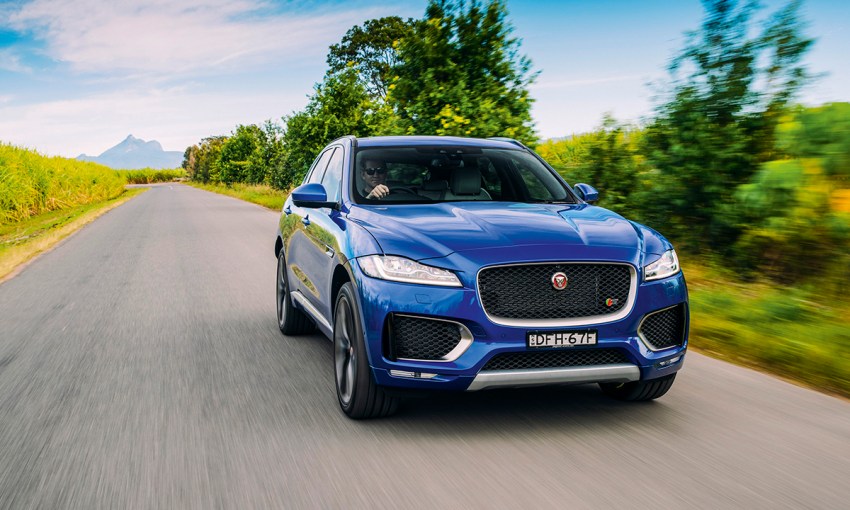With an ever-increasing choice of SUVs on the market, Jaguar has set itself apart with the F-Pace.
Motoring: Setting the pace
Fads are funny things. One day, there’s nothing; the next it seems as if everyone has jumped on the bandwagon and you can’t turn around without seeing another example.
The automotive world is as susceptible to fads as any other. Once, many, many years ago, everybody wanted sports cars — uncomfortable, open-to-the-elements cars with few amenities. And then, almost as if overnight, nobody wanted sports cars anymore. Instead, it was the thing to be seen in a hot hatch, even if the cost of insuring one was only exceeded by their appeal to ram raiders and joyriders.
And now, it seems, everybody has turned their backs on hot hatches and opted for SUVs. Of course, back when we were buying hot hatches, there was no such thing as an SUV. Even the name (sports utility vehicle) would have made no sense whatsoever.

In the beginning, SUVs were tough, uncompromising re-interpretations of serious off-road vehicles, the kind of machines beloved of farmers and miners and few others. More and more manufacturers, forever seeking out ever-smaller market niches, added SUVs to their ranges. Some were more credible than others. Manufacturers such as Jeep and Land Rover had a long history with making highly efficient off-road vehicles, so when they turned their attention to SUVs, they brought plenty of knowledge and credibility with them.
When companies such as Porsche, Maserati, Lamborghini and even Bentley and Rolls-Royce decided to enter the SUV market, many were understandably cynical. But time has shown that many of these vehicles are surprisingly competent at playing a dual role, even if most of their owners are a little wary of taking them any further off-road than a polo pitch.
One of the manufacturers who has grasped the SUV nettle is Jaguar, and they’ve done a better job of it than might have been expected. The Jaguar F-Pace delivers the full SUV experience with a hefty dollop of style and luxury.

There are plenty of models in the F-Pace range. In fact, a buyer faces an almost bewildering number of choices, from rear-wheel drive to all-wheel drive, the usual choice of petrol or diesel engine and a full set of different variants such as Prestige, R-Sport, Portfolio and others. What you choose will probably be defined by the size of your budget, with an F-Pace from just under $80,000 to a model that, with a few essential options, will easily eclipse $150,000.
We decided to plump for a model somewhere in the middle of the range, the R-Sport 25d. The most popular choice for most mid- to large-sized SUVs is diesel power, which delivers good fuel economy and has plenty of torque for the towing duties that so many of these vehicles are called upon to do. The R-Sport 25d has a four-cylinder twin-turbo diesel, pushing out the not-inconsiderable figures of 177kW and 500Nm. That gives it plenty of ability to tow up to 2400kg (braked).
The F-Pace weighs just shy of two tonnes, yet achieves a claimed fuel consumption of 5.8L/100km. That’s the kind of frugal sipping that used to be the exclusive preserve of small hatchbacks.
But, despite the comparatively small capacity engine and eyebrow-raising fuel economy, the F-Pace is a spirited performer and more than capable off-road. The all-wheel drive system (as fitted to the test car) splits the torque between the front and rear axles as required. Throw in some more technical cleverness called brake-based left/right torque vectoring and the F-Pace is fun to drive on or off road.
But perhaps the F-Pace’s real ace-in-the-hole is its appearance. While some SUVs are dowdy (read: “practical”) and some are stylish (read: “impractical”), the F-Pace manages to look very attractive without compromising its ability to carry passengers and luggage. The cargo area is a substantial 650 litres, increasing to a cavernous 1740 litres when you drop the rear seats. The R-Sport gets a body kit that adds to the visual appeal.
On the inside, it’s very much in keeping with what you expect of a Jaguar (right down to the distinctive rotary dial for gear selection). Some features that used to be optional are now included in the price, such as a 10.2-inch touchscreen infotainment system, a powered tailgate, electric front seats with lumbar support, rain-sensing wipers, auto headlights, fog lights and LED tail lights. To ensure exclusivity, however, you are still offered a choice of some 80 options, from laser-based head-up display ($2650), surround camera system ($2160), adaptive cruise control ($3370) all the way to an on-floor cargo net ($310) and an air quality sensor ($210).
It’s easy to see the appeal of the Jaguar F-Pace, especially in this mid-range spec. It looks good, feels special and does everything you could possibly ask of it. Unlike some fads, this one might last quite a while.
Confirm prices with dealer and add statutory on-road costs and dealer delivery.



